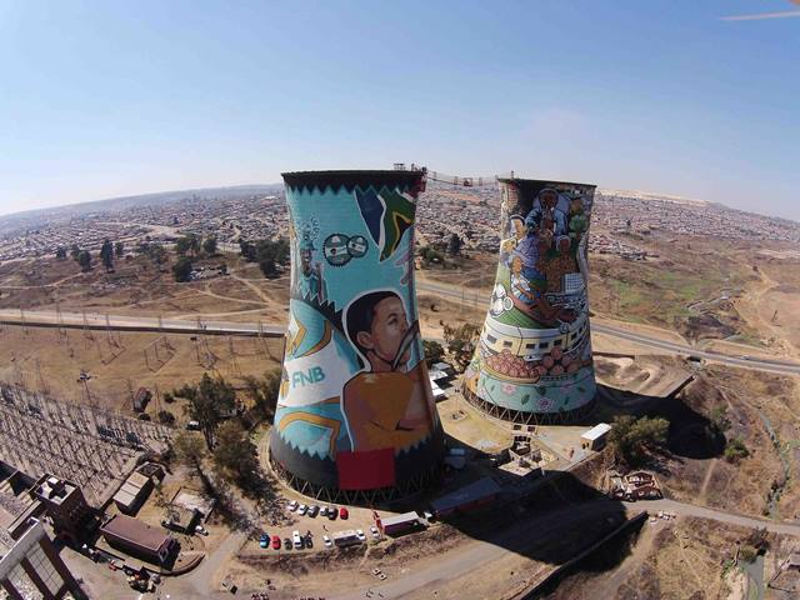What Does Johannesburg North Attractions Mean?
What Does Johannesburg North Attractions Mean?
Blog Article
What Does Johannesburg North Attractions Mean?
Table of ContentsAbout Johannesburg North AttractionsExamine This Report on Johannesburg North AttractionsThe Single Strategy To Use For Johannesburg North AttractionsExcitement About Johannesburg North AttractionsIndicators on Johannesburg North Attractions You Need To KnowJohannesburg North Attractions Can Be Fun For AnyoneJohannesburg North Attractions Things To Know Before You Get This
You ought to maintain security in mind and travelers have to remain alert at all times when in strange environments. Talk with the residents when you remain in town to find out regarding the location you are remaining in. Johannesburg North attractions. When on the street (this doesn't relate to purchasing malls and various other safe and secure settings) best general suggestions is to try your finest to look like a local and to prevent showing any type of riches
Indicators on Johannesburg North Attractions You Need To Know
Teacher Revil Mason O. J. (Thomson, 1946) explored the Witwatersrand's pre-colonial history. His archaeological work blew up the 'em pty land' myth, according to which the region was empty of human habitation before the arrival of European inhabitants. In his magazines Prehistory of the Transvaal: A Document of Human Task (1962) and Beginnings of Black Individuals of Johannesburg and the Southern Western Central Transvaal AD 3501880 (1986 ), Professor Mason demonstrated the degree of social and financial advancement in the location before Europeans set foot here.

The Greatest Guide To Johannesburg North Attractions
In 1878, David Wardrop located gold in quartz veins at Zwartkop, north of Krugersdorp. In 1881, Stephanus Minnaar came across gold on the ranch Kromdraai, near the Cradle of Mankind.
In March 1886, a protrusion (quickly to be called the Key Coral reef) was located, fairly fortunately, on Gerhardus Oosthuizen's ranch Langlaagte. Some claim that the Lancastrian coal miner George Pedestrian found this coral reef. One more itinerant English prospector, George Harrison (who had actually formerly operated in Australian mines) gotten a prospecting permit in respect of Langlaagte in May 1886.
He chose to carry on in a quest for greener fields, and disposed of his Langlaagte case for the baronial sum of 10. Alas: below lay the wealthiest goldfield ever before discovered. The discovery of this rich auriferous reef prompted a gold thrill that signified completion of bucolic tranquillity in the southern Transvaal.
It would certainly, within six years, come to be the biggest community in southern Africa. Within a decade, it would certainly make the Z. A. R. till then an anarchical and bankrupt little state the richest nation in Africa. By the turn of the century, the Z. A. R. was to surpass Russia, Australia and the USA of America to come to be the world's leading gold producer, creating greater than a quarter of the world's gold.
The 10-Second Trick For Johannesburg North Attractions
It was referred to as Ferreira's Camp, named after Colonel Ignatius Ferreira. He was a Boer adventurer upon whom the British authorities had actually bestowed the status of Buddy of one of the most Distinguished Order of St Michael and St George (entitling him to the post-nominal letters C. M. G.) in thankfulness for his function in the war that had deposed the Pedi king Sekhukhune in 1879.
Two other camps were developed: Meyer's Camp on the ranch Doornfontein, and Paarl Camp. The latter was nicknamed Afrikander Camp; numerous people from the Cape Colony cleared up there.

Not known Facts About Johannesburg North Attractions
This name gained currency by word of mouth, such that the State Assistant affirmed the name to the Mining Commissioner on 9 October 1886. Stands in the town were auctioned on 8 December 1886. While some stands were cost 10, others were torn down for just sixpence.
Two years later on, these erven were to change hands for as long as 750 each. The tented camps dwindled as a dorp of corrugated iron buildings created and broadened north of the mines situated along the Main Coral Reef Roadway. Areas such as Jeppe's Community (where working-class immigrants erected their houses) and Doornfontein (where the affluent new 'Randlords' began to construct their useful site extravagant houses) read this were soon included in the ever-expanding map of the community.
The 45-Second Trick For Johannesburg North Attractions
Apart from the road names, there were no indications of Johannesburg being situated in a Dutch-speaking nation., virtually every person talked English and even the Government servants resolved one in English, unless they were initial addressed in the Taal (or Low Dutch)'.
Britain had a passion in making sure optimal problems for gold production on the Witwatersrand, and that the gold was exported to London rather than Berlin a critical provided all the much more clamant by the Z. A. R.'s increasing toenadering with Germany. Mine proprietors were on a clash with President Kruger, whose plan of monopolistic concessions (frequently granted to his cronies) protected against mining business from procuring products of materials (especially dynamite) and work by themselves, more affordable terms
Excitement About Johannesburg North Attractions
In 1890, the Volksraad had limited the franchise to white men who had actually stayed in the Z. A. R. for fourteen years or longer, thus disqualifying the majority of the immigrants (that happened to be the major contributors to the fiscus). Agitation for the vote was a mere pretext for advertising a get more various schedule; a lot of uitlanders concerned themselves as momentary site visitors and had no objective of staying in the Z.
Report this page